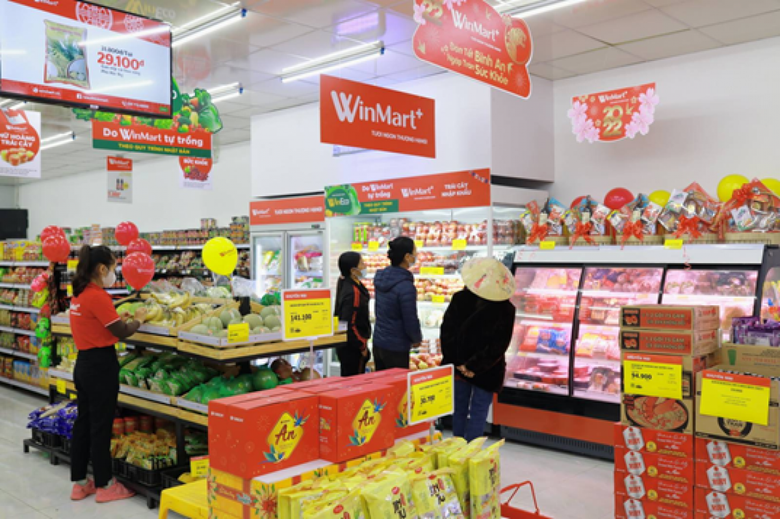
The main target market for MGR retailers are urban consumers, in the middle-to high-income households (average annual disposable incomes of more than USD10,000). Traditional open markets have been the standard shopping channel for many Vietnamese consumers. They are popular amongst locals because they offer cheaper prices as compared to the supermarkets and their products are also often perceived to be fresher.
Over the years, economic development has encouraged the formalisation of retail in the country, particularly in the urban areas in the country. As consumers' real income rises, the greater propensity for food spending has also created a stronger demand for supermarkets and more formalised locations of grocery retail as consumers seek greater variety in their shopping.
These are generally time-poor consumers, who have the disposable income to pay a premium for easier access to a wider variety of products as well as home deliveries. This is a relatively new consumer market in Vietnam, having developed over the past few years as a result of rapid economic growth feeding through to wage growth, thus creating a sizeable middle class (households with annual disposable incomes above USD10,000). In 2022, 3.4mn households or 10.7% out of total households had an annual disposable income of more than USD10,000.
This number is forecast to grow by a compound annual growth rate of 9.2% out to 2026, whereby there will be 6.8mn households, or 19.9% of total households, that have a disposable income of more than USD10,000 a year. The majority of them will be located in the economic centers, such as Hanoi and Ho Chi Minh City. The wealthier households are mainly located in urban areas, making it easy for MGR companies to target their key target markets.
Consumers In Vietnam Are Already Well-Connected
Southeast Asia’s addressable market for mobile penetration remains large and is set to continue growing robustly over the next 10 years. As mobile phones are typically cheaper and more portable than other electronic devices, such as laptops and computers, they have one of the highest penetration rates in emerging economies. Most e-commerce platforms are also structured to be most compatible when accessing it via a mobile device.
As such, rising mobile usage will see a greater proportion of the population having the ability to access online grocers. Vietnamese consumers are well connected, with 125.3 mobile phone subscribers per 100 inhabitants. Of these mobile phone users in 2022, 56% and 8.2% have access to a 4G or a 5G subscription respectively.
An additional 6.8% of mobile phone subscribers also have a 3G subscription, although this figure has been largely cannibalised by the growing number of consumers who currently have 4G or 5G subscriptions as 3G technology is gradually phased out. Regardless, this is a key proxy for Internet penetration and a key identifier for potential digital customers.
Vietnam Offers High Internet Penetration Rates
Fitch previously highlighted the strong growth of seafood products in Vietnam as growing emphasis on a healthy diet and real income growth will see Vietnamese consumers spend more on seafood for its nutritional value and health benefits.
As part of a wider healthification trend, we are also seeing strong growth in other health foods categories as consumers trade up price points for premium and healthier food options. Fresh and preserved fruits will see the fastest growth over the medium term with an annual average growing in spending of 11.2% through to 2026.
Another outperformer category to note is the growing demand for dairy products in Vietnam. Dairy sales come in as the second-best performer over the medium term, growing by an annual average of 10.9% through to 2026. Traditionally, high levels of lactose intolerance meant that dairy is often absence in traditional Vietnamese cuisine.
This means that when we observe strong growth in dairy spending, it is fueled by consumers purchasing western dairy products such as milk, cheese and yoghurt for its perceived health benefits and increasingly including these products into their diet.
Fitch is also seeing the slower growth for sugar and confectionary products, growing at an annual average of only 7.3% y-o-y over the medium term, the slowest of all our food categories as health comes into the forefront of the Vietnamese consumer' considerations when shopping for groceries. These three categories underpin our view that Vietnamese consumers are increasingly spending more on healthier foods.


























